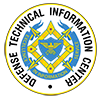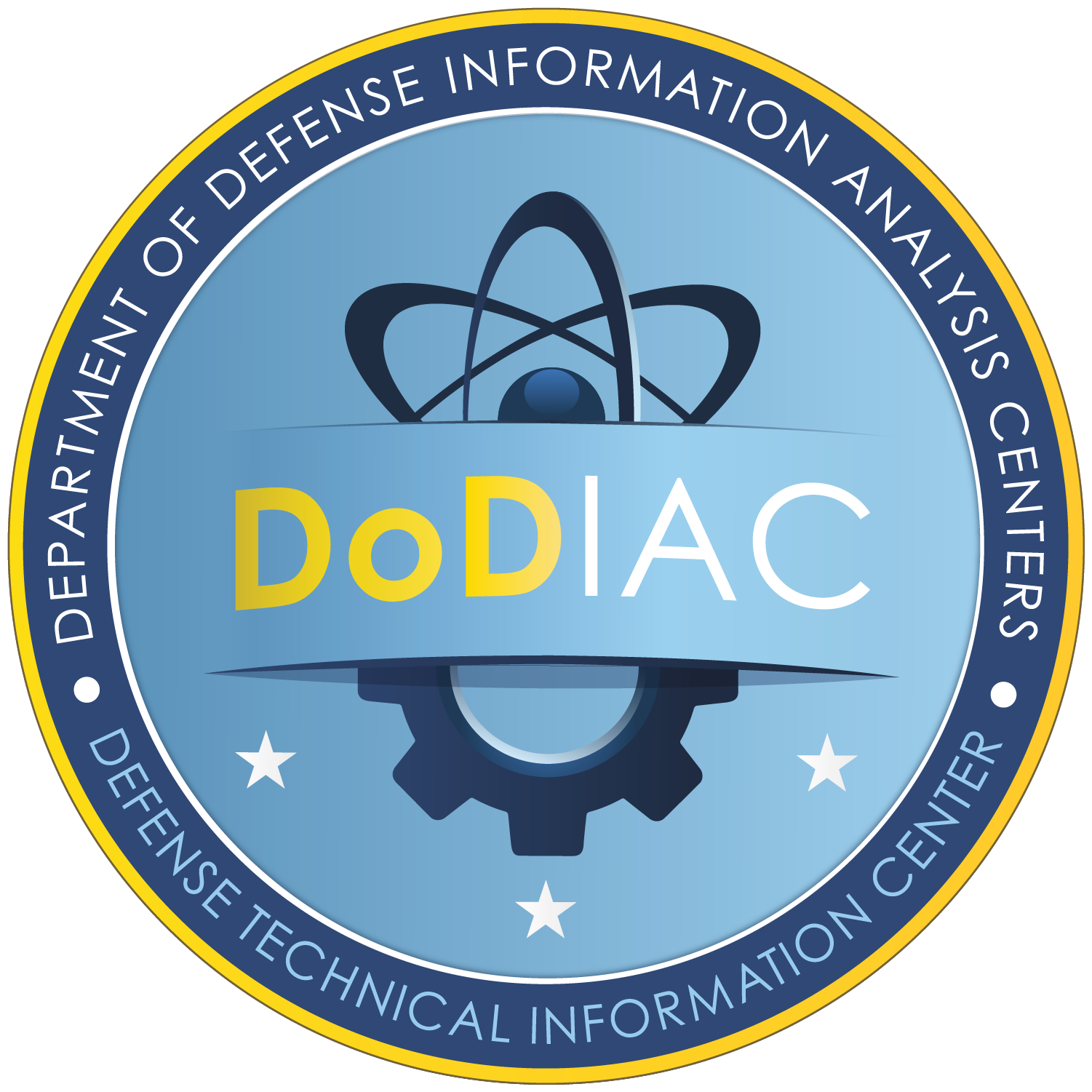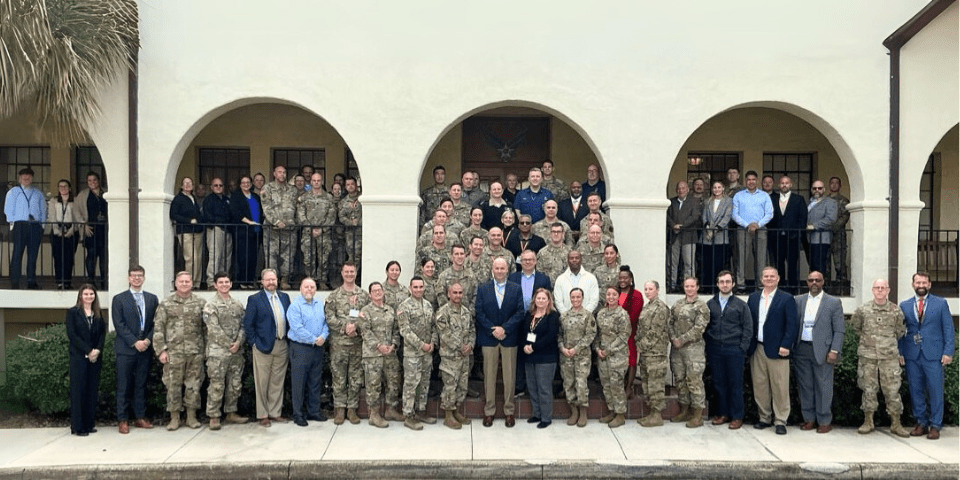FORT DETRICK, Md. — Operations in chemical, biological, radiological, and nuclear-contested environments pose unique challenges for field commanders. How can they protect their Warfighters from biological threats without impeding their ability to fight and win on the battlefield? The mission of the U.S. Army Medical Research Institute of Infectious Diseases (USAMRIID) is to assist field commanders in achieving that balance by shortening decision cycles, providing tools for force health protection, and training Warfighters in critical biological defense skills – a message that USAMRIID was able to drive home during a recent first-of-its-kind tabletop exercise on responding to biological incidents.
The modern biodefense landscape is becoming increasingly complex and dynamic. The coronavirus pandemic demonstrated how novel infectious diseases can pose an urgent threat. Experts are concerned that potential adversaries will soon be able to combine machine-learning algorithms with emerging biotechnologies to create biological weapons more easily. Threats like these, USAMRIID believes, are likely to appear initially to military commanders as medical planning and response problems.


